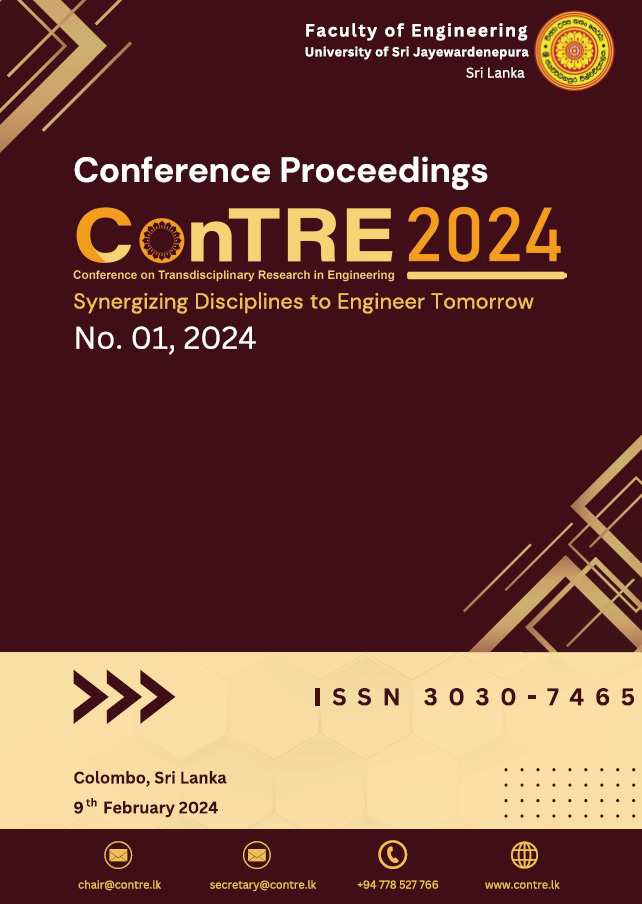Identification of Beach Erosion in Colombo- North Coast Line: Effectiveness of the Engineered Solutions
DOI:
https://doi.org/10.31357/contre.v1i1.7403Keywords:
Coastal erosion, Digital shoreline analysis, Engineered Coastal protection, Sri LankaAbstract
Coastal erosion is a silent disaster in Sri Lanka due to the loss of valuable land. Already, millions of rupees have been spent on coastal protection. This study assessed the long-term effectiveness of those engineered solutions, especially focusing on the Colombo- North coastline. The effectiveness was assessed by comparing erosion rates in the last 20 years with available historical data. Shorelines of the last 20 years were observed and digitized by Google Earth image analysis and erosion rates were calculated by GIS and Digital Shoreline Analysis (DSAS) tools. The evolution of the structures was observed and analysed by satellite image analysis and other available data from reliable sources such as reports produced by the Government. Cost estimation for the observed structures was carried out using BOQ analysis and discounted methods. Results showed that more than 60 numbers of structures have been constructed during the last 20-30 years along the study area. Uswetakeyyawa to Estuary of Kelani River stretch was identified as the region with the highest structure density. When analyzing the results, it was revealed that the structures built in that region have reduced the erosion rate (0.43 m/year) compared to the 1996 rates (2.5 m/year). Digital shoreline analysis further indicated effectiveness as most of the protected areas from Negombo to Maha Oya estuary have been accreted during the last 20 years while unprotected areas from Uswetakeyyawa to Negombo lagoon, have been subjected to erosion. According to cost estimations, approximately Rs 1.23 billion have been spent in the last 20-30 years on the entire study area. Further, the cost analysis of the Uswetakeyyawa to Kelaniya stretch revealed that the investment for 1m accretion was Rs 28.5 million. However, the cost-effectiveness of the structures should be further assessed against the land loss value with an integrated Coastal Vulnerability Index.


